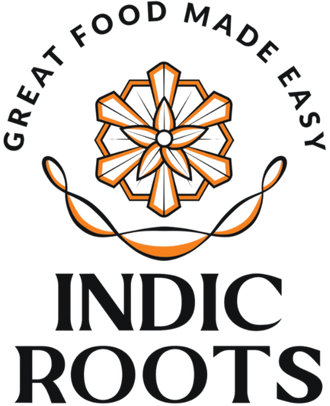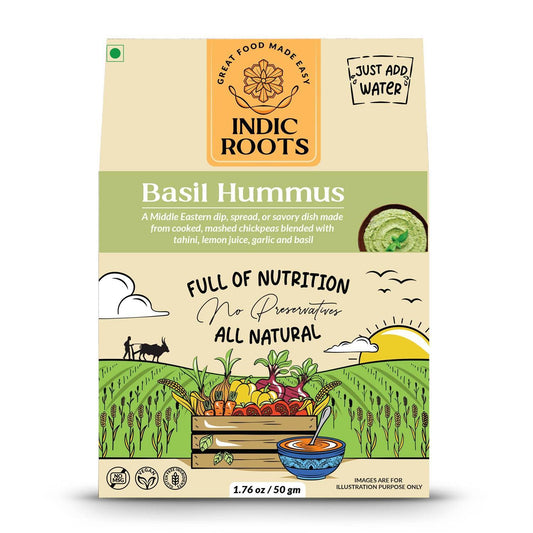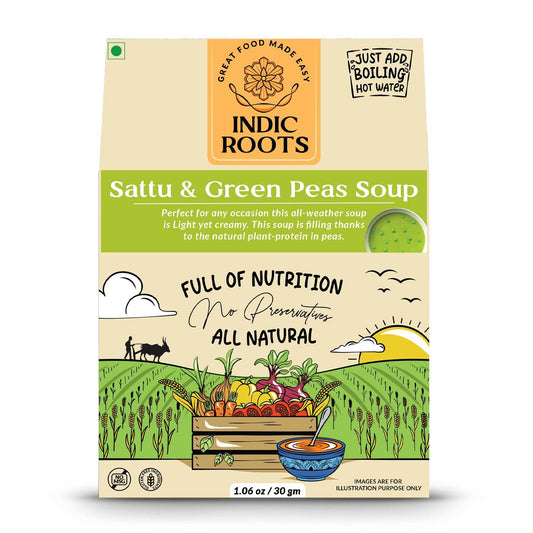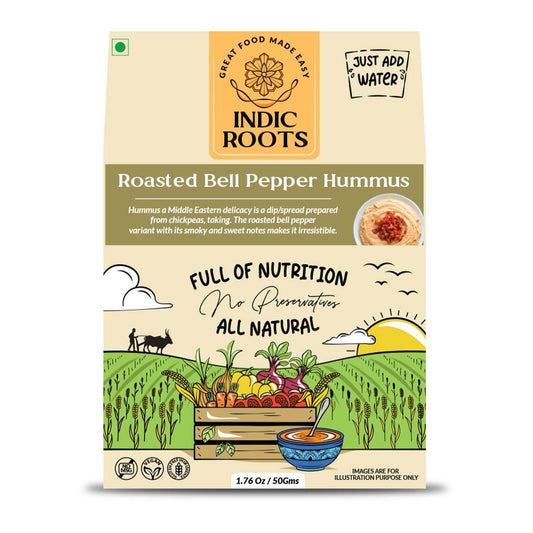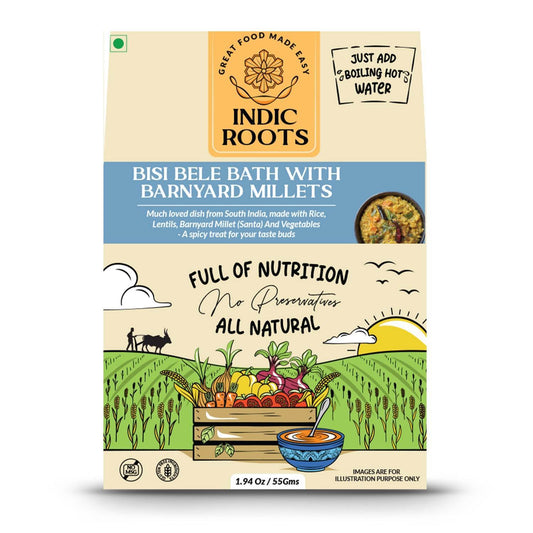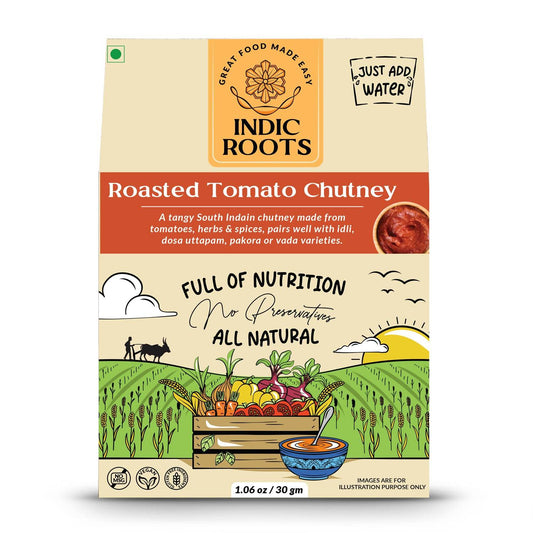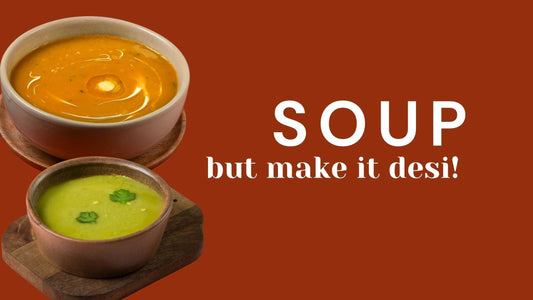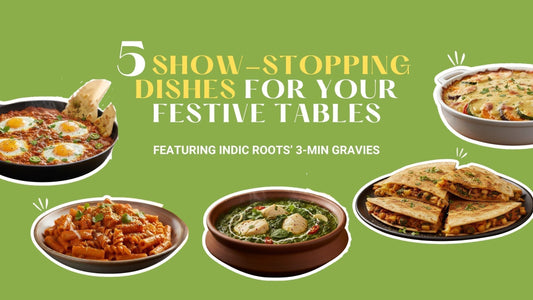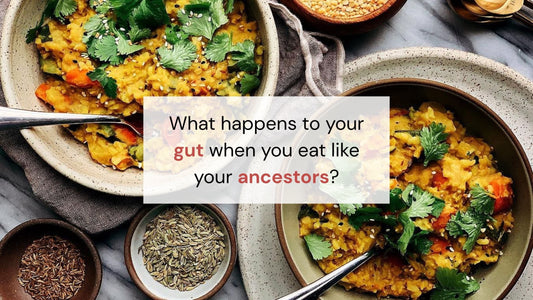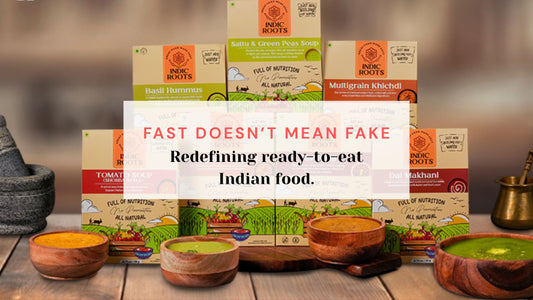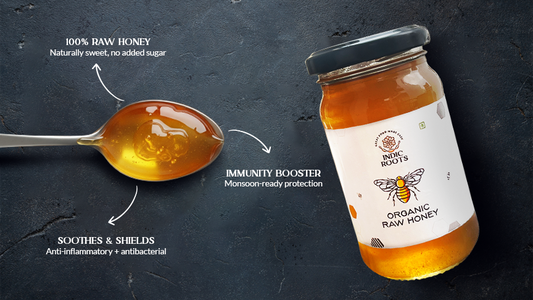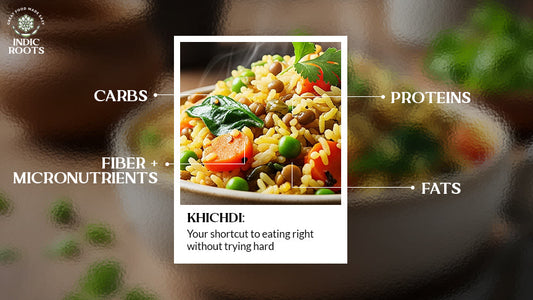When you think of Indian food, what comes to mind? Rich spices, hearty meals, and of course… gravies. But did you know that every gravy on your plate is more than just flavour? It carries a story.
Each region of India has its own way of making gravies, shaped by local traditions, available ingredients, and generations of recipes. These gravies aren’t just about taste; they reflect culture, history, and the love of home-cooked food.
So, let’s take you on a simple, flavorful journey through some of India’s most popular gravies and discover what makes each of them special.
Tomato Onion Gravy – The everyday hero
Often overlooked but never out of place, Tomato Onion Gravy is the unsung staple of Indian kitchens. From daily meals to festive gatherings, this gravy brings a perfect balance of tanginess, mild spice, and richness. But did you know that tomatoes were first brought to India by the Portuguese? Before that, Indian gravies relied heavily on onions - fried golden-brown and ground into a paste - along with other readily available ingredients such as yoghurt, dried fruits and nuts.
As the tomato gained acceptance, its tanginess came to be the perfect pairing to balance out the sweetness of onions, leading to a tangy yet savoury gravy base that’s found across Indian homes today.
Psst. Here’s the secret to the perfect tomato onion gravy: A slow-cooked onion base that caramelises for hours, giving it that deep, sweet flavour.
Makhni Gravy – Butter & royalty
Ah, the buttery, creamy goodness of Makhni. Makhni isn’t just a gravy; it’s a statement. But where does it come from? Butter Chicken’s origin story has been a royal bone of contention with food historians for years. And it’s even gone to the courts - travelling from Delhi’s Daryaganj to the British garrisons in Peshawar. But most agree that it was invented as a way to spice up day-old tandoori chicken that tends to dry out quickly.
The Makhani gravy soon became the face of Indian gravies across the world, and found variations in vegetarian foods as well, including the widely-loved Makhani Paneer. It’s the gravy equivalent of a warm hug on a cold winter night.
Cashew Onion Gravy – The secret indulgence
Let’s talk about the yellow/ brown gravy that uses a fried onion paste mixed with the rich depth of ground cashews and cream. The cashew-onion gravy is most likely a 20th-century evolution, especially since cashews weren’t native to India and were first brought to Goa by the (once again) Portuguese in the 1500s.
From here, cashews spread across the Konkan coast and South India, and became a popular addition in sweets as well as curries. As these combined with the heavy influence of onion gravies in Mughlai cooking, we got the famous korma-style gravy we all love today!
These regional gravies are not just recipes; they are cultural artefacts, blending history, local produce, and a whole lot of love passed down through generations. Did we miss your favourite gravy? Leave us a comment or drop us a message; we’d love to hear from you.
__________________________________________________________________________
At Indic Roots, we don’t just offer ready-to-eat gravies… we offer a taste of India’s culinary heritage, packaged for the modern, busy soul. So next time you dig into a bowl of our gravies, remember: you’re not just eating food, you’re tasting a story.
